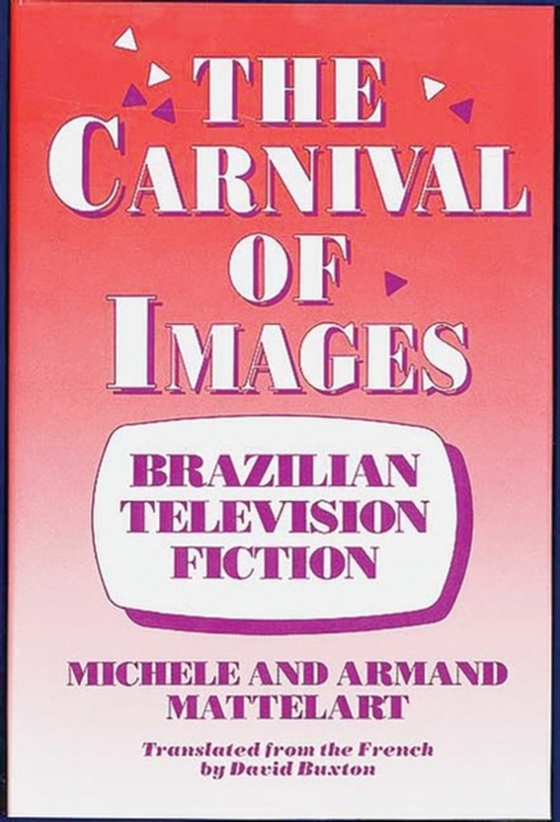
Carnival of Images e-bog
436,85 DKK
(inkl. moms 546,06 DKK)
In creating and developing the new genre of the televised novela, a one-hour long dramatic serial, the Brazilian television industry grew, in less than 15 years, from an insignificant player in the international market to one of the largest, most influential in the world. In the first book in English to explore the phenomenon of the telenovela Michele and Armand Mattelart challenge accepted vie...
E-bog
436,85 DKK
Forlag
Praeger
Udgivet
21 september 1990
Længde
192 sider
Genrer
AP
Sprog
English
Format
pdf
Beskyttelse
LCP
ISBN
9780313368622
In creating and developing the new genre of the televised novela, a one-hour long dramatic serial, the Brazilian television industry grew, in less than 15 years, from an insignificant player in the international market to one of the largest, most influential in the world. In the first book in English to explore the phenomenon of the telenovela Michele and Armand Mattelart challenge accepted views of the world dominance of United States television and probe the socioeconomic impact of this new genre on a third world country. Using the telenovela and its impact on the medium world-wide, the authors document the important changes in the international circulation of television programs and in the way television is perceived theoretically as a subject of research. The book traces the development of the novela in a country that, in the early 1960s, did not have any nationwide media and later--from 1964 to the 1970s--was ruled by a military dictatorship. It further analyzes the formation of the genre and its mode of production, placing the novela's appearance and development in its cultural, institutional, and economic context. The authors look at the peculiar contradictory relation between the genre's creators and developers--generally left wing intellectuals--and the manipulations required to construct a television industry in a highly competitive marketplace.The book begins with a description of the economic, institutional, and cultural context which produced the genre. It explores the world of soap operas, the development of a national television industry, and the beginnings of an urban consumer society in Brazil. The authors include a valuable and detailed study of the mode of production of the telenovela, placing both the form and content of the genre in their specific economic and institutional context. The book goes on to examine the relationship between the genre and its wider social and cultural environment, explaining its immense popularity and the social function it fulfills. Finally, the authors link the study of Brazilian television to wider debates in media and cultural studies.
 Dansk
Dansk

